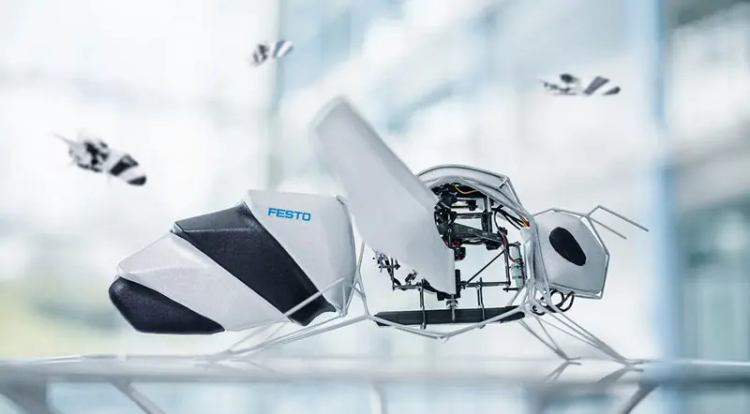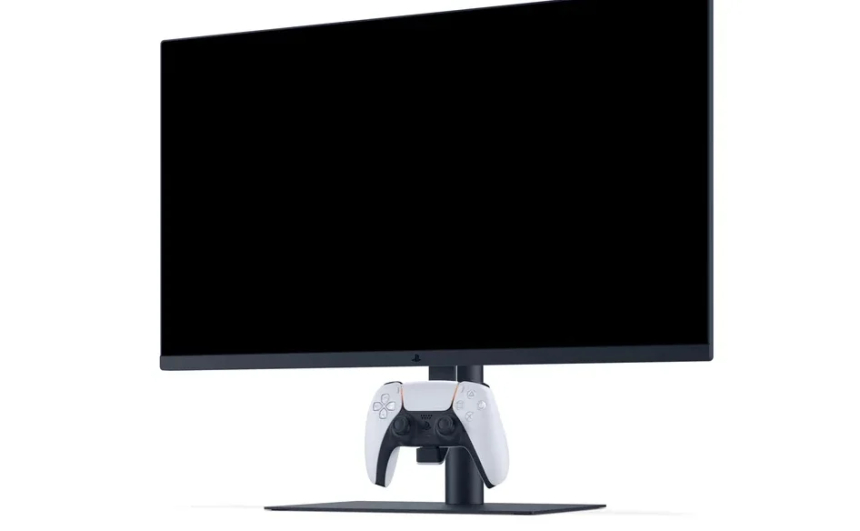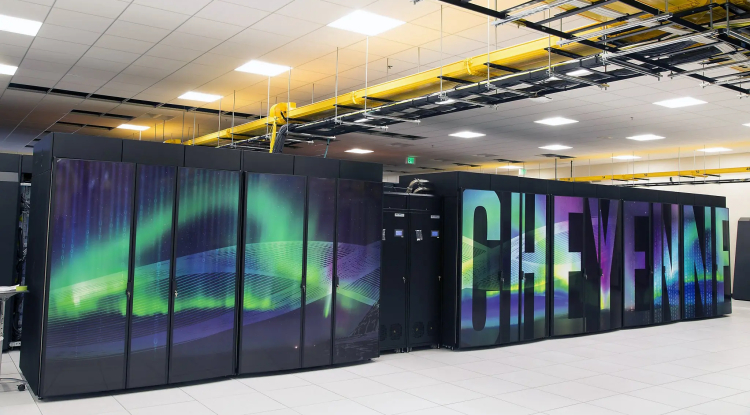Festo introduced bionic bee robots BionicBee
Festo has unveiled robotic bionic bees that can fly in swarms. BionicBee has a weight of 34 g, a length of 22 cm and a wingspan of 24 cm. It is noteworthy that the drawing was generated using AI, and the artificial bee can fly with a flapping frequency of 15 to 20 hertz.

Festo, a German robotics company, has introduced a new development - BionicBee bionic bee robots that can fly in a swarm.
Development Features
BionicBees are currently the smallest flying objects in the Festo bionic training network. The weight of this robot is 34 g and its length is 22 cm. At the same time, the wingspan of the artificial bee reaches 24 cm.
The BionicBee drawing was generated using AI: after entering the parameters, the software independently created the optimal design based on design principles. This allowed the use of a minimal amount of material to create a stable object.

The artificial bee's compact body contains a brushless motor, three servo motors, a battery, a gearbox, and various circuit boards to control the wings.
Control Features
The innovative robotic bee is capable of flying at a frequency of wing beats of 15 to 20 times per second. At the same time, they describe an arc of 180 degrees in each cycle. This high performance is achieved thanks to the advanced mechanical design with a brushless motor that ensures smooth and precise rotation without backlash.
Servo motors dynamically change the geometry of the wing, which leads to a controlled redistribution of lift force. For example, when a bee needs to fly forward, servo motors adjust the profile of the wing so that the lift at the rear of the stroke is greater than at the front. This creates a tipping moment, tilting the bee's body forward. As a result, the robotic bee smoothly switches to forward motion mode.
This advanced control system allows the BionicBee to maneuver and fly with purpose.
Autonomous flight in a swarm
When flying, BionicBees follow trajectories specified by the central computer. Swarm behavior is achieved autonomously using a localization system with ultra-wideband technology. To do this, eight anchors are installed on two levels, which allow the robots to independently determine the location.

BionicBee is based on numerous ideas used by Festo developers in previous projects. Previously, the company presented bionic penguins, kangaroos, dragonflies, flying foxes, cuttlefish, ants and butterflies.
Share
What's Your Reaction?
 Like
0
Like
0
 Dislike
0
Dislike
0
 Love
0
Love
0
 Funny
0
Funny
0
 Angry
0
Angry
0
 Sad
0
Sad
0
 Wow
0
Wow
0





![Transfer/ Postings Senior Superintendent Police Hyderabad [Notifications]](https://pakweb.pro/uploads/images/202402/image_100x75_65d7bb0f85d5f.jpg)
![Amazing Text Animation Effect In CSS - [CODE]](https://pakweb.pro/uploads/images/202402/image_100x75_65d79dabc193a.jpg)






